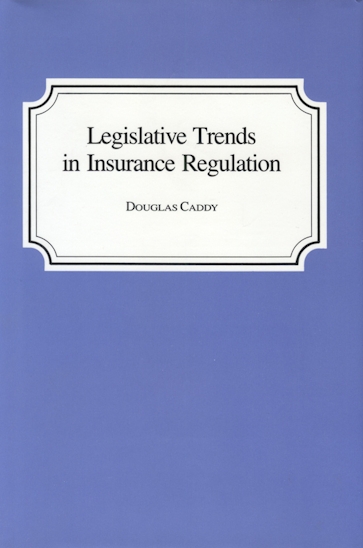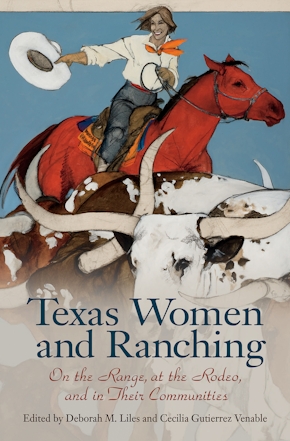Legislative Trends in Insurance Regulation
978-0-89096-222-0 Cloth
6 x 9 x 0 in
256 pp.
Pub Date: 04/01/1986
Available
BUY NOW
- Cloth $19.95 s
For many years the American insurance industry, sometimes dubbed the nation’s “invisible banker,” has enjoyed virtual freedom from federal antitrust regulation and protection from competition with banks and savings and loan associations. State regulation has often proved meaningless. Now, however, as the valuable study makes clear, the complacencies of the past are quickly vanishing, to be replaced by a growing consumer demand for accountability. Such issues as bank deregulation and unisex insurance have forced insurance companies to rethink many of their traditional approaches in order to satisfy consumers and to survive in a harsh economy.
In nontechnical language, Douglas Caddy offers an analysis of the major legislative and regulatory trends affecting the insurance industry. Government regulation, he points out, has steadily increased in many American industries, leading to claims that such agencies as the ICC, the CAB, and OSHA have seriously impaired competition and have penalized the consumer. In the end, according to this view, the watchdogs have merely served the groups they were designed to regulate. The growing challenge to government controls has deeply affected the insurance industry and promises to mold state and federal legislation concerning regulation. Issues already pending include changes in the tax code and reforms in rate regulation. Other reformers, as Caddy describes, urge insurance companies to provide consumers with simple disclosure statements detailing the contents of each policy.
This book, aimed at insurance executives, lobbyists, and lawyers, but also of interest to concerned laymen, is an excellent introduction to the perplexities facing once of America’s most powerful industries. It is sure to be a timely and comprehensive look at insurance in an era of consumerism.
In nontechnical language, Douglas Caddy offers an analysis of the major legislative and regulatory trends affecting the insurance industry. Government regulation, he points out, has steadily increased in many American industries, leading to claims that such agencies as the ICC, the CAB, and OSHA have seriously impaired competition and have penalized the consumer. In the end, according to this view, the watchdogs have merely served the groups they were designed to regulate. The growing challenge to government controls has deeply affected the insurance industry and promises to mold state and federal legislation concerning regulation. Issues already pending include changes in the tax code and reforms in rate regulation. Other reformers, as Caddy describes, urge insurance companies to provide consumers with simple disclosure statements detailing the contents of each policy.
This book, aimed at insurance executives, lobbyists, and lawyers, but also of interest to concerned laymen, is an excellent introduction to the perplexities facing once of America’s most powerful industries. It is sure to be a timely and comprehensive look at insurance in an era of consumerism.
About the Author
Published by Texas A&M University Press










